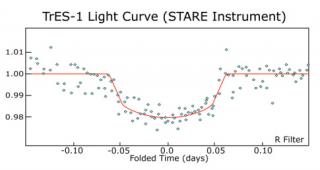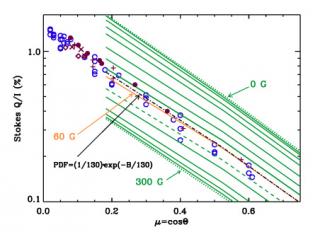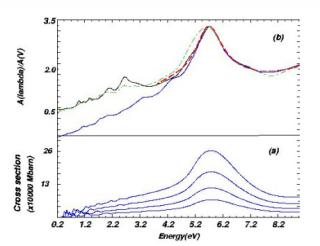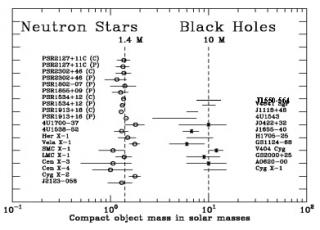
A planet the size of Jupiter (TrES-1) has been detected from its transits around a star K0 V. (Data: M=0.75 ± 0.07 MJ R= 1.08 (+0.18,-0.04) RJ ). This is the first planet discovered using the transit technique with a small telescope. It is currently the second best-known extrasolar planet, and one of two from which direct thermal emission (light emitted by the planet) has been detected.
Advertised on


